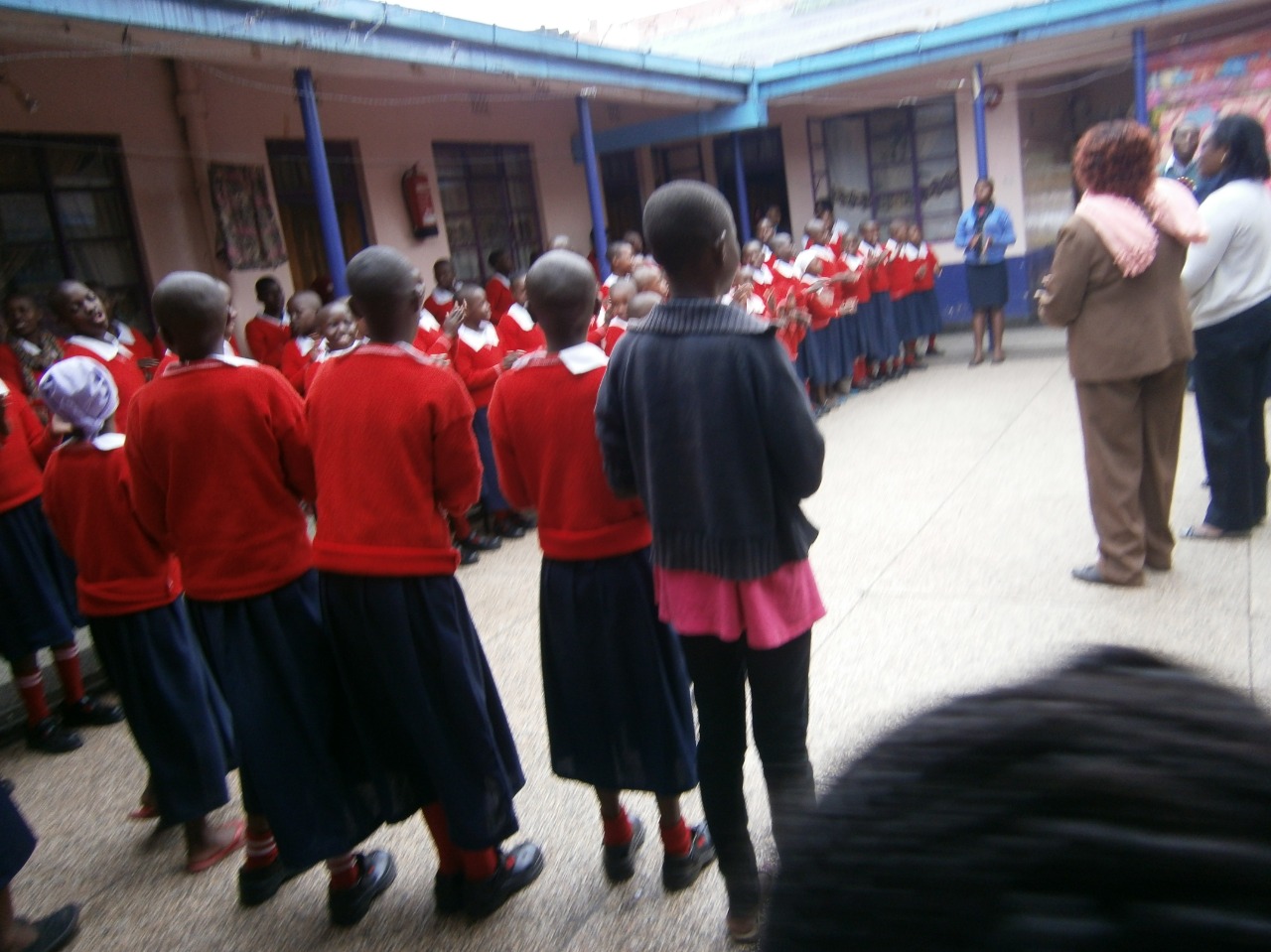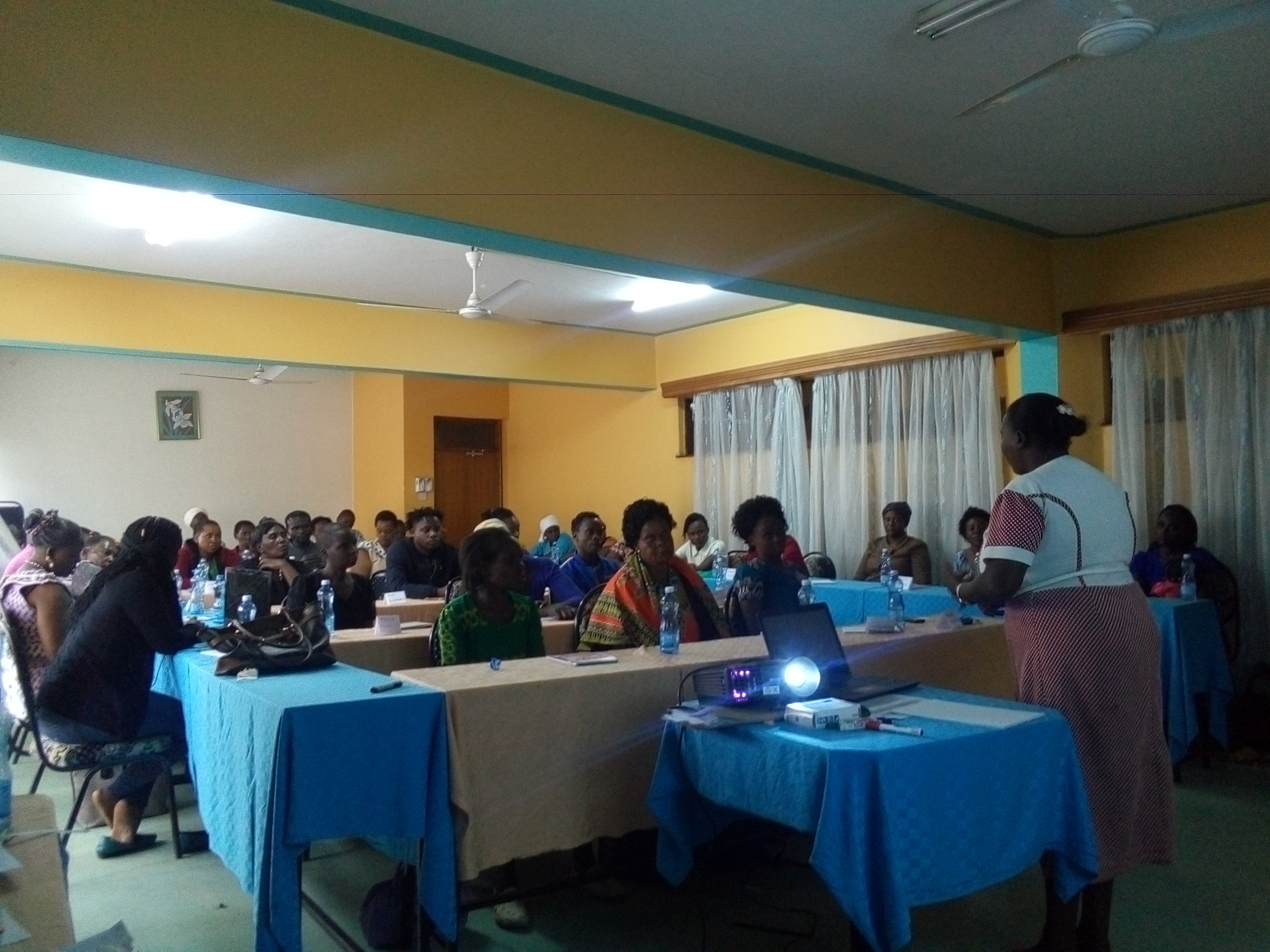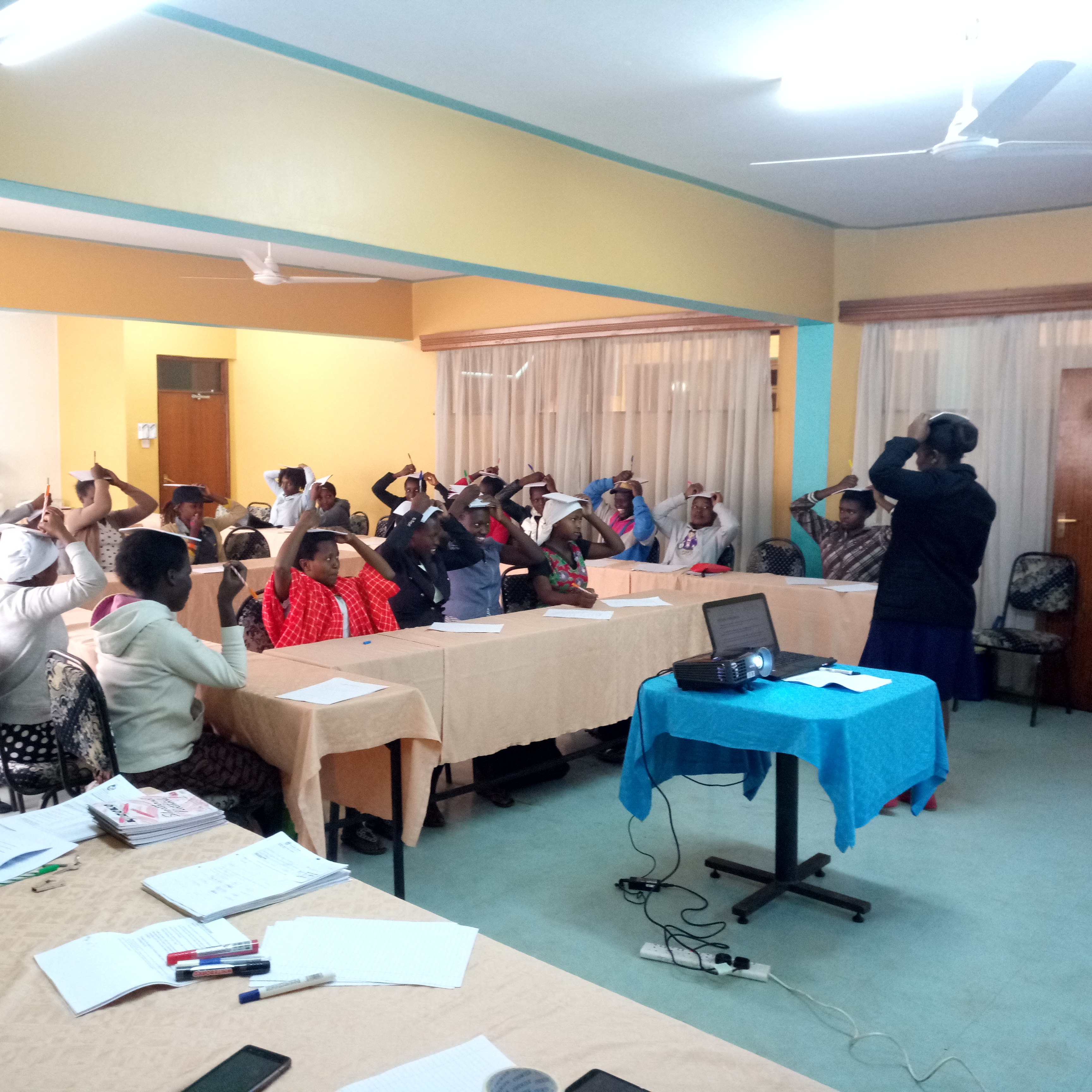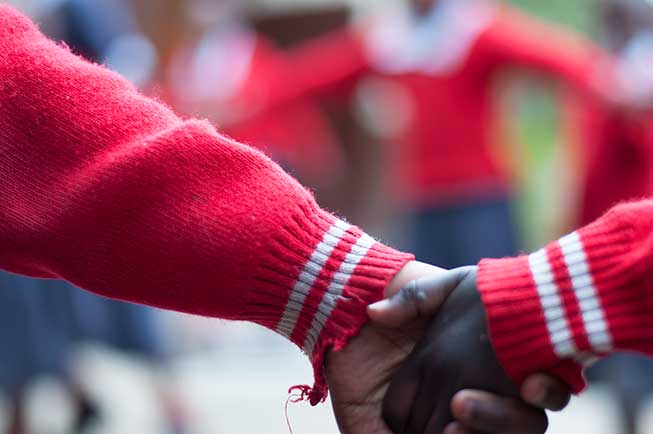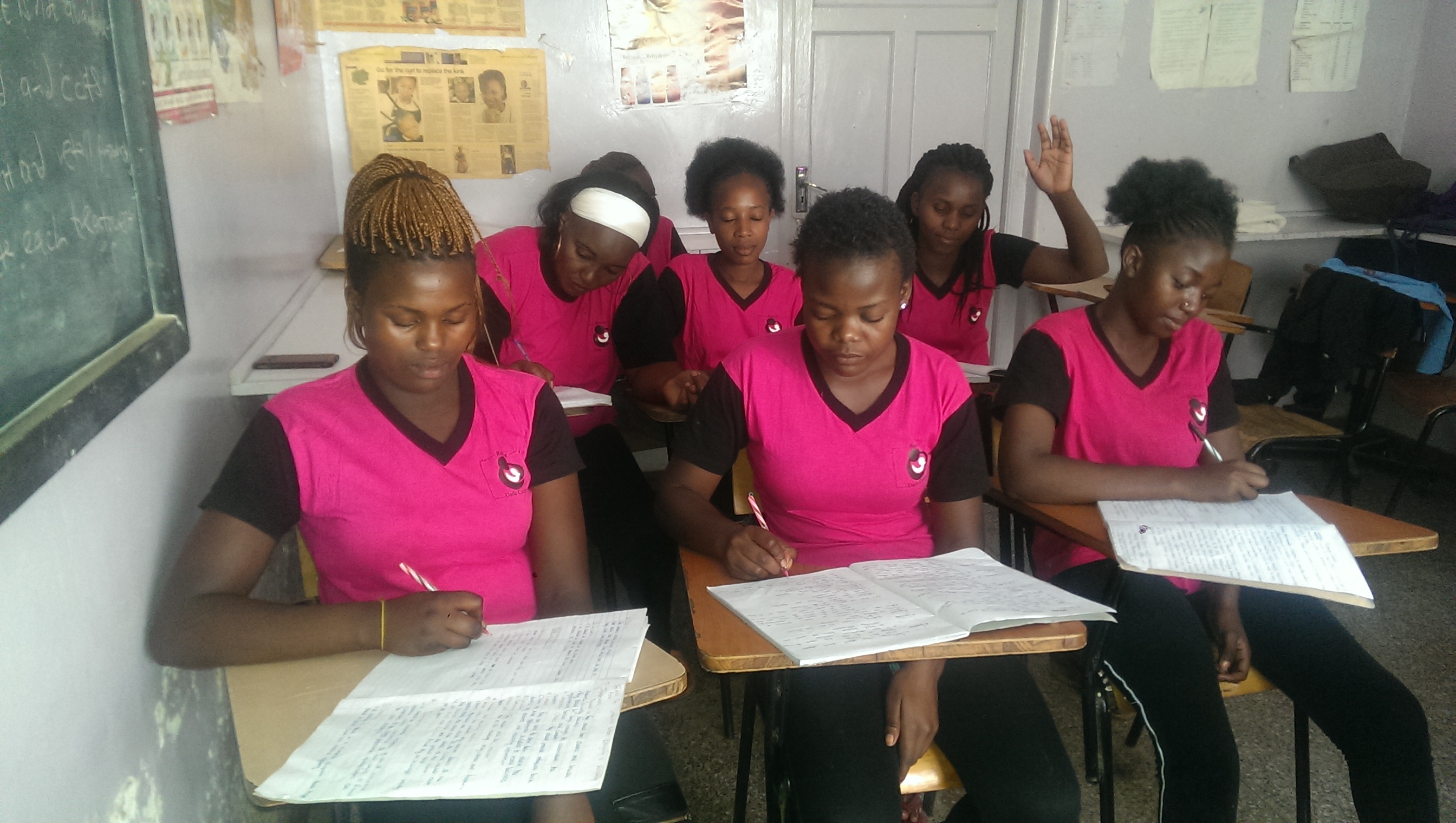EXTERNAL ENVIRONMENT
The Situation of Street Connected Children in Kenya
Kenya has an estimated figure of between 250,000 and 300,000 street connected children . An estimated 3,000 boys and girls spend their nights sleeping on the streets of Nairobi. As many as 60,000 further children live and work on Nairobi’s streets during the day. While it is not possible to obtain up to date and reliable data on the number of street connected children – especially girls – in Kenya, the Ministry of Planning and Devolution, Special Programmes Department now projects that available numbers could have doubled across the 47 counties, with the major cities and urban centers hosting the largest numbers. Getting numbers for street connected girls seems impossible as they are often less visible than boys. “Many girls (…) attract attention from people who take them off as house helps and into other forms of child labor. Some are married off to fellow street boys, and one needs to know their bases to appreciate the problem of girls on the streets of our towns” (RDC Evaluation 2018 – FGD with Representatives of CCIs).
READ MOREEconomic and Social Challenges
As identified above, major root causes to the social challenge of street connected children is poverty. Kenya has a population of around 46 million, with 40% of its population being between 0 – 14 years, 19% between 15 – 24 years and 34% between 25 – 54 years. From a low point following disputed elections in 2007 and the global financial crisis of 2008, the state of Kenya’s economy and governance have improved. The country has averaged 5.5 percent growth since 2010, and in 2014 it became a middle-income country, signaling the viability of significantly greater domestic resources. However, poverty rates in Kenya remain relatively high compared to other lower middle-income countries. The new country economic update shows that the proportion of Kenyans living on less than the international poverty line (US$1.90 per day in 2011 PPP) has declined from 43.6% in 2005/06 to 35.6% in 2015/2016. Yet Kenya continues to be plagued by persistent internal conflicts, vulnerability to terrorism and insecurity, and climatic risks. All of these factors, along with harmful social norms and gender inequality, threaten the country’s progress and undermine the equitable realization of children’s rights. This is particularly true in growing informal urban settlements.
READ MOREThe Legal System and Child Protection
Whereas many elements of a child protection system are in place in Kenya, the Government of Kenya has not been able to address the plight of street connected children and its root causes effectively. Street connected children enjoy few if at all any of the rights children are entitled to. They are still considered to be illegal, discriminated against in their attempt to access services and treated with violence and contempt by the state authorities and members of public. This is despite the fact, that the Kenya Constitution and the Children Act (2001) recognizes street connected children as those who require “attention and assistance to alleviate their plight.” It is, however, encouraging to note that Ministry of Planning and Devolution has this year initiated its first-ever national census on street families. This is aimed at providing valuable data and information for their proper rehabilitation. The census was to be finalized by June 2018 but results are yet to be communicated.
READ MOREPhysical Environment
Most children growing up in the global South live in neighborhoods of poor physical quality. Physical characteristics of these environments include high levels of air and water pollutants; nonexistent or inadequate collection of household waste; poor drainage; poor sanitation; proximity to busy street traffic; and limited or absent access to childhood resources such as open green space, grocery stores, schools, hospitals, and play space . Many of these neighborhoods are also unsafe because of high traffic volumes and limited street lighting .
READ MORETechnological Environment
Kenya is considered one of the technology and innovation hubs in Africa, its impact on society is unquestionable, whether in organizational development, growth in ICT, agriculture, or infrastructure development.
Technology is used to support organizational development, i.e. the strategy, efficiency and effectiveness of organizations, and has reshaped the way that people and organizations learn about, manage, utilize the wealth of data that is now readily available to them.
The landings of several fiber optic cables that link the Eastern Africa region with other continents increase better access to new and emerging technologies for organizations like Rescue Dada Centre and its target groups.

